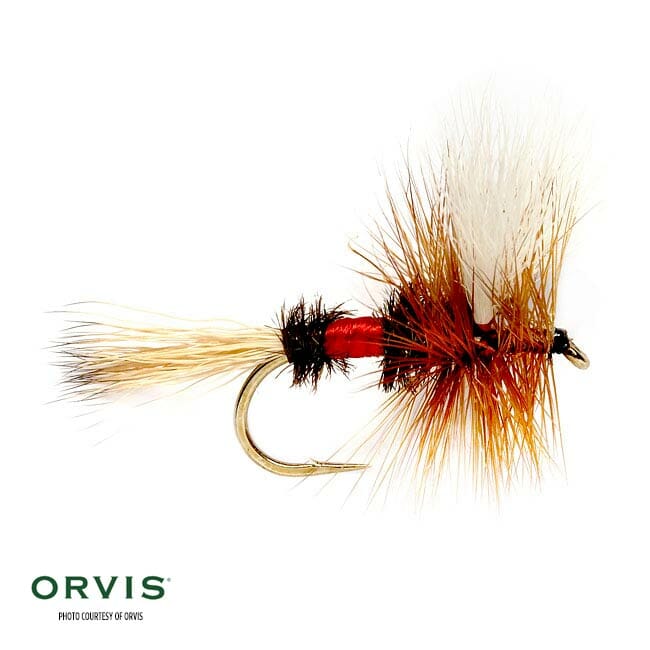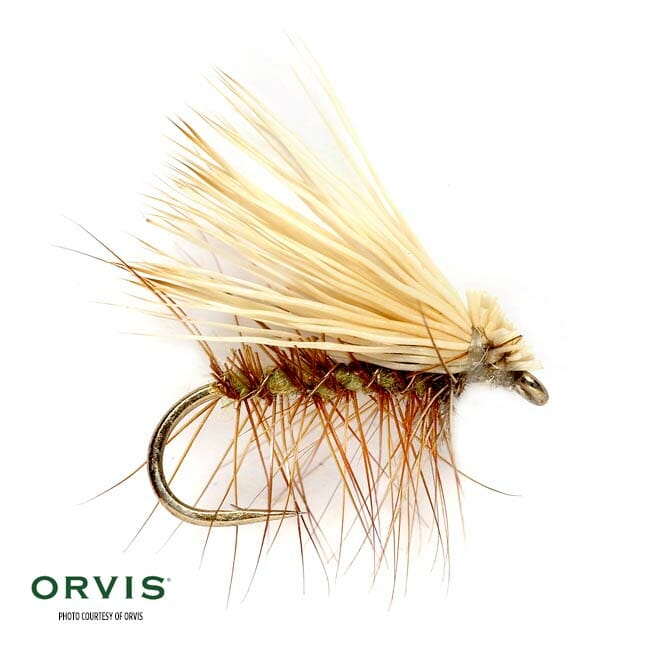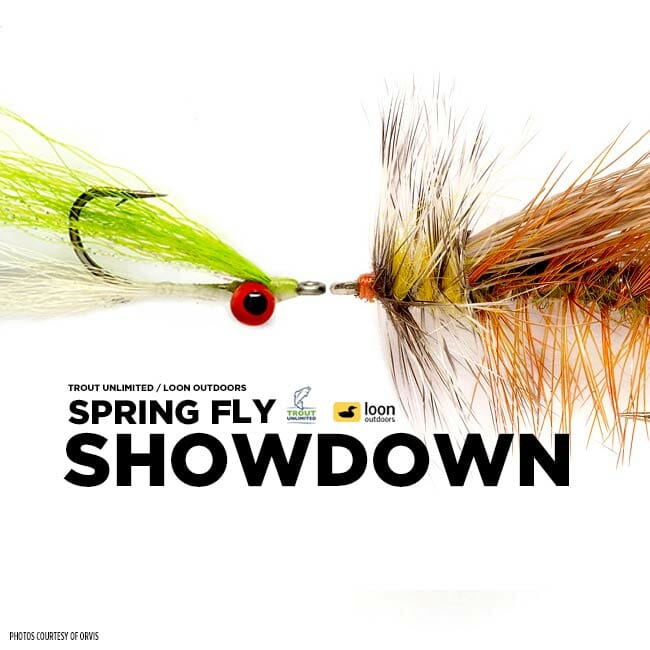The final eight in the TU-Loon Spring Fly Showdown is upon us, and the first matchup is an intriguing contest between one of the great attractor dry flies ever tied and perhaps the most widely used imitation of a mature aquatic insect.
There are a lot of great fly patterns that have endured the test of time, but perhaps the fly that best represents American dry-fly fishing is one that’s been around for nearly a century. The Royal Wulff, named for legendary angler Lee Wulff, is steeped in old-school angling culture—it was inspired by the Royal Coachman, a lighter more delicate dry-fly attractor, but one that wasn’t as durable or visible in heavy water.

The Royal Wulff and all its variants have one thing in common—the peacock herl body and a center “strip” of colored floss (usually red, but other colors are common, too). The fly is a true attractor. It doesn’t accurately represent any specific bug, but it seems to appear to trout like a source of protein that might imitate anything from a caddis to a stonefly to a mayfly. It’s a versatile fly that just looks “buggy.” And it works, even a century later.
Like a lot of classic fly patterns, the Elk-hair Caddis was born among the great trout waters of Pennsylvania. First tied by Al Troth in 1957, the Elk-hair caddis remains a fly-box staple to this day.

Tied to imitate a specific bug during its adult stage, this pattern has been altered and re-altered many times, but the elk hair has largely remained a “requirement” when crafting this fly at the vise. Later variations have been tied to include a nymphal “shuck” to make the fly imitate an emerging adult stuck in the surface film, and other tiers and customized the fly’s colors to imitate hatches on their home waters. Regardless, for a caddis hatch, the Elk-hair Caddis imitation is a go-to pattern for most angler who enjoy dry-fly fishing for consistently rising trout.



